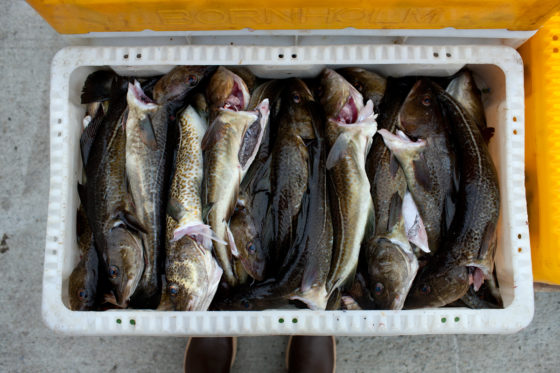
FishSec together with a large number of Baltic wide NGOs have launched a joint position on the fishing opportunities in the Baltic Sea for the year 2023, following the release of the ICES advice in late May. The position calls for better advice on ecosystem-based management options, as well as the inclusion of multi-species interactions, sub-populations and age-and size distribution in the scientific advice. The deadline to end overfishing at the year 2020 the latest, as stated in Article 2(2) of the CFP, has not been met, and several fish stocks in the Baltic Sea are in severely depleted.
The two cod stocks in the Baltic are both below Blim and there should be no targeted fisheries allowed at all. There is high uncertainty surrounding the factors contributing to the poor status of the western Baltic cod and the precautionary principle should be applied to protect this fragile stock. No targeted fishery has been allowed for the eastern Baltic cod since 2019.
The herring stocks are also subject to uncertainties, where the Gulf of Riga herring is the only in good condition. According to ICES the herring in the Gulf of Bothnia need a reduced fishing pressure in order to stay above Btrigger, and there are worries about the absence of large herring. The central Baltic herring is below Btrigger and relies largely on the 2019 year class, since there has been no other strong recruitment since 2015. We argue that increased precaution is needed, to see how this year class develops. Furthermore, catch data is uncertain since there are misreporting of herring as sprat. The advice for the western Baltic spring spawning herring has been postponed.
The sprat stock seems relatively stable but there is room for precaution due to misreporting and species interactions, as sprat is an important forage fish for cod. We also recommend for a spatial distribution of the sprat fishery to move north, to improve food availability for cod.
When the target cod fishery has been largely reduced, the plaice fishery has increased, and cod is a bycatch species in the flatfish fishery. We urge managers to demand mandatory use of REM in all fisheries with the risk of cod bycatch, and to use the best available gear to minimize cod bycatches.
Regarding salmon there was a roll over advice from last year with the recommendation of zero catch in mixed fisheries at sea for the Baltic salmon, and targeted fishing for salmon should only take place in the north (SD 29-31) within 4 nautical miles from the coast. For the Gulf of Finland salmon, we recommend a maximum outtake of 9 204 salmon, targeting reared fin-clipped fish only.
Please see full joint position here.